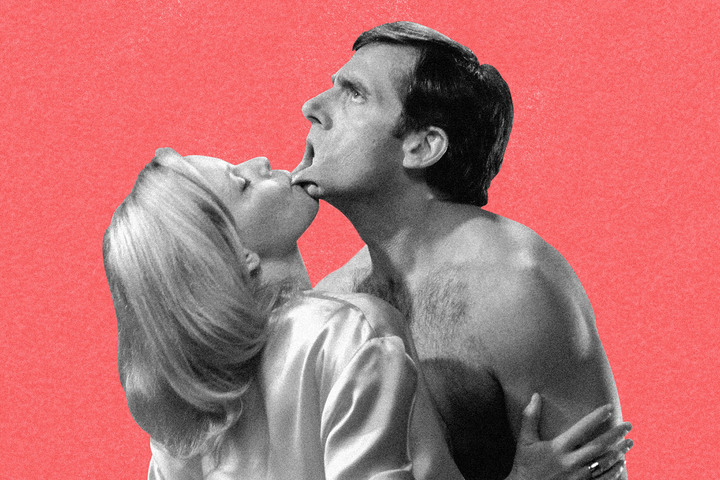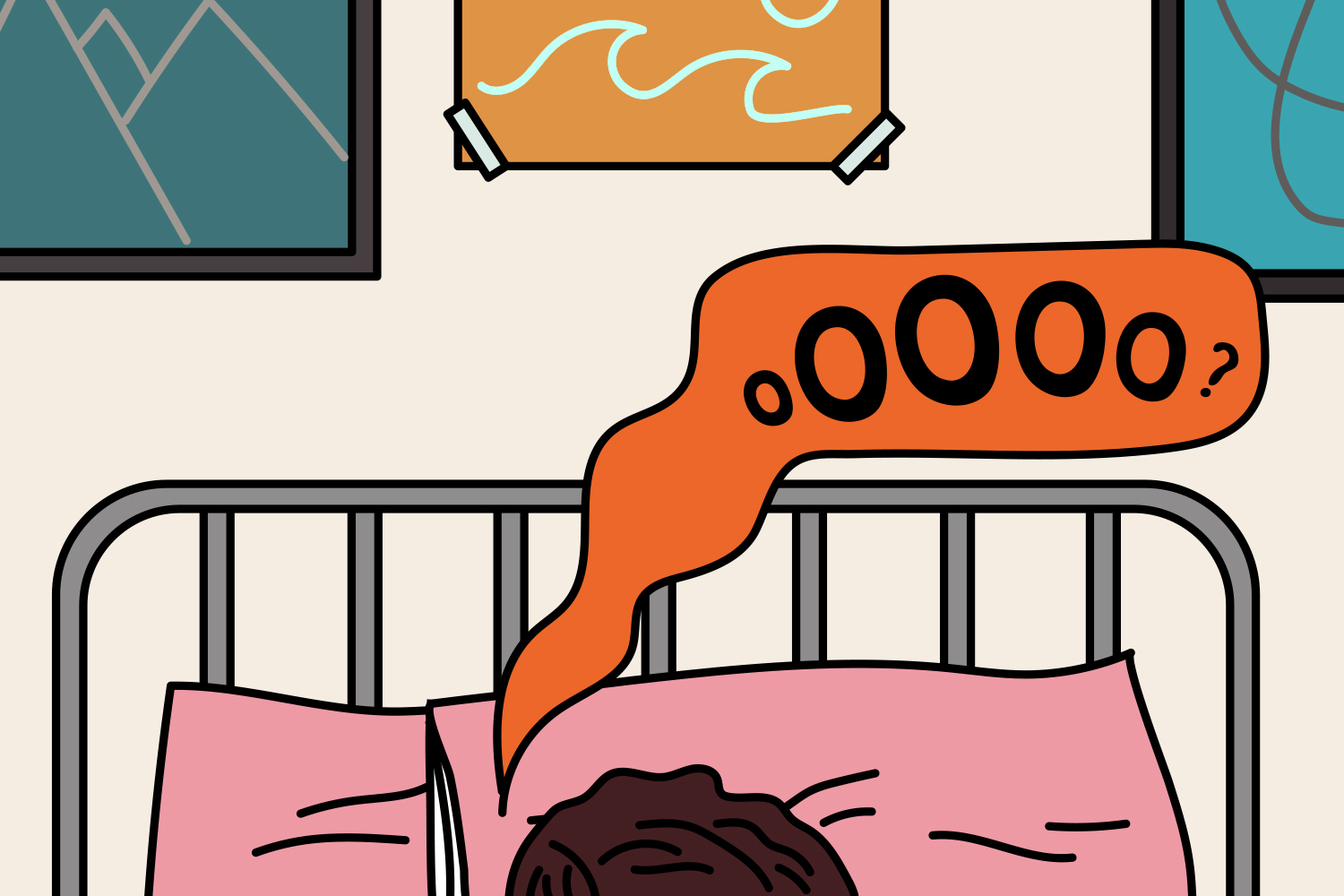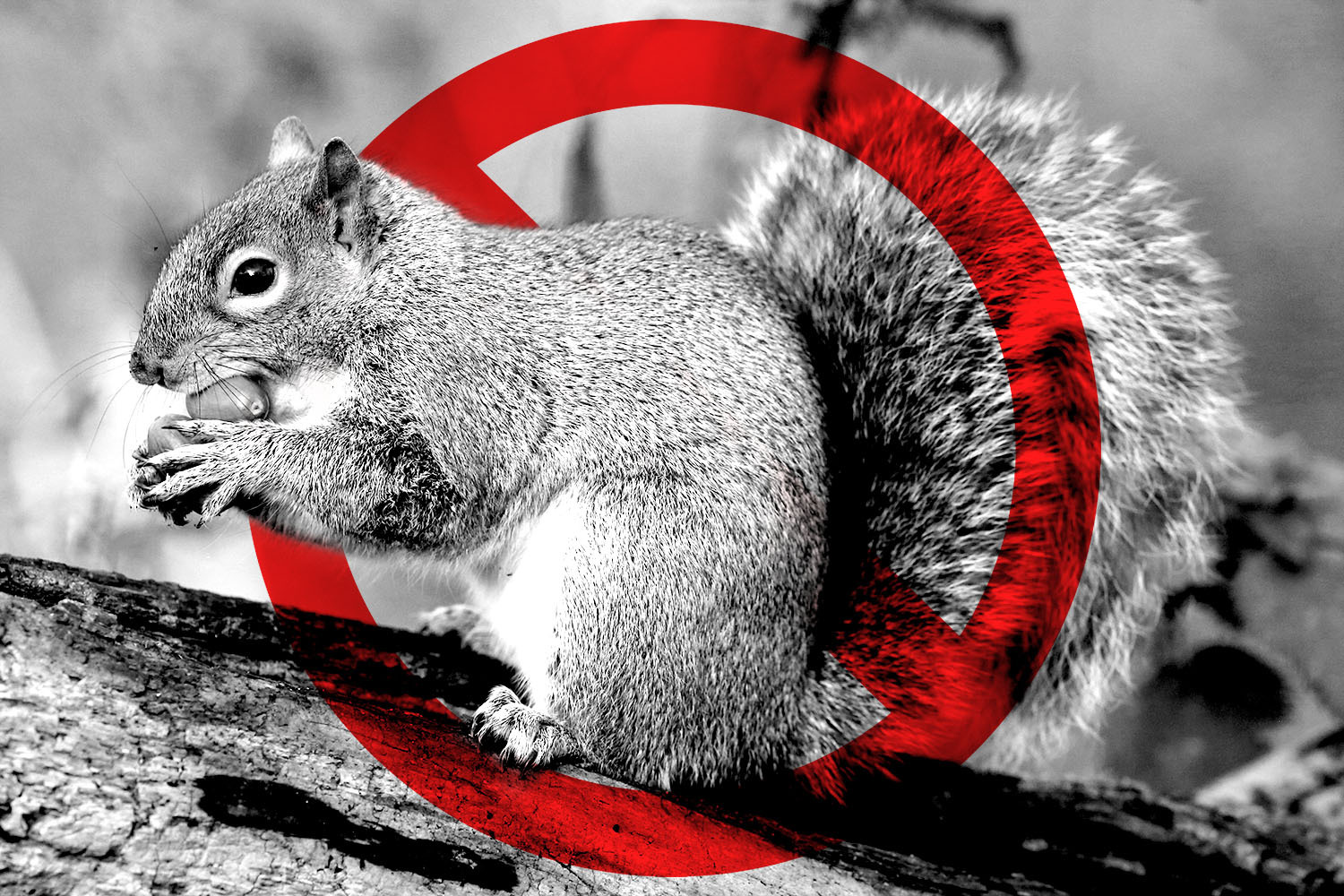Of all the stereotypes that still seem to define societal conceptions of normative masculinity, the idea that all men are perpetually, relentlessly horny is among the most pervasive.
But our ideas about horniness are changing — from what it means and how to express it on the internet to who does (and does not) embody the true spirit of our current horny moment. Last year, the New York Times declared 2019 “the year women got horny,” and with women’s newfound horniness, men seem to have willingly passed the torch of insatiable libido. Writing for InsideHook earlier this year, Caroline Reilly noted that men’s sex drive appeared to be lagging behind women’s amid the early, horny days of quarantine, and last month MEL magazine charted the “rise of the unhorny man,” tracing a growing internet trend that finds men relishing the opportunity to step back from the libidinous demands that have long defined societal expectations of traditional masculinity.
This celebration of anti-horniness in men marks a 180 from the ways in which men’s media has traditionally approached low sex drive in men. Historically, media has had a tendency to pathologize low libido, particularly in men, reinforcing gendered expectations of masculinity that characterize a lack of sexual interest or desire as a deficiency or malfunction in need of treatment. Men’s magazines have long touted libido-raising hacks and supplements the same way their counterparts in women’s media have churned out weight-loss tips, promoting a model of masculinity that privileges sex drive as an integral and coveted aspect of manhood.
But just as women’s media has backed away from weight-loss narratives in recent years in favor of more body-positive coverage that doesn’t promote thinness and its pursuit as the ultimate goal of female existence, society seems ready to reconsider the dominant model of the relentlessly horny man. As traditional ideas about gender and sexuality continue to shift, so too do gendered notions of sex drive. Women can be horny, yes, and men don’t have to be. Moreover, a lower-than-expected sex drive in a man doesn’t necessarily signal any kind of underlying condition, nor is it a medical problem in need of treatment in and of itself.
“I think many men feel embarrassed by a lower drive because the social narrative describes men as having a higher drive,” says Dr. Jenni Skyler, sex therapist and director of The Intimacy Institute for sex and relationship therapy in Boulder, Colorado. However, she adds, “this doesn’t mean we need to always abide by the social narrative.”
Like sexuality itself, sex drive exists on a broad and fluid spectrum, and, as Skyler notes, there’s a much wider range of what we might consider “normal” sex drive in men than traditional attitudes and narratives tend to suggest.
“Some men have always had a lower drive, and that’s totally fine,” Skyler tells InsideHook. “Our drive is typically impacted by testosterone, and the normal range varies from 300-1200 ng/dL (nanograms per deciliter). That will mean ‘normal’ varies by a huge spread.”
Clinical psychologist and certified sex therapist Dr. David J. Ley suggests societal demands that hold men to unrealistic, unsustainable expectations of horniness may actually encourage some men who find themselves on the lower end of the sex drive spectrum to align themselves with the asexual community.
“It’s my opinion that one of the reasons we’ve seen a significant rise in those who identify as asexual is because people with lower libido are tired of being shamed for not being sexual enough, and the asexual identity offers some escape from the view that low sexual desire is intrinsically unhealthy,” Ley tells InsideHook.
While increased awareness and representation of asexuality is far from problematic in and of itself, the idea that some men may feel pressured to identify with a certain sexual identity simply because their libido falls short of stereotypical expectations is a concerning sign that standards of masculinity designed to make men feel inadequate are still alive and well.
Meanwhile, for all the societal messaging equating high sex drive with “healthy” masculinity, men with a higher libido aren’t necessarily immune from sex-drive shaming, either — a dynamic Ley has taken to calling the “Goldilocks libido dilemma.”
“We condemn as problematic when someone’s libido is too low, or too high, with this assumption that there is a known, healthy ‘just right’ range in the middle,” says Ley. “Unfortunately, there’s no such clear confidence of such a healthy range, as it is almost always contextually driven, by religion, relationship and social situations.”
That said, there are situations in which a low sex drive may warrant professional treatment. While Skyler maintains there is a wide range of healthy libido for men, a sudden, significant shift in sex drive may be cause for concern.
“A problem is often noted if there is a big change from high to low. A noteworthy change should be explored to rule out any health conditions,” says Skyler, adding that lower than normal testosterone can signal depression, and may also decrease muscle mass and increase weight gain in men. “We need to work within the confines of our biology. So, if low drive means low testosterone, that can certainly impact overall health and needs to be treated.”
More importantly, a low sex drive demands professional attention if the owner of said sex drive happens to wish it were higher. Just as there’s nothing inherently wrong with having a lower sex drive, there’s also nothing wrong with wanting a higher one, and while society’s idea of the “just right” sex drive is an unhealthy myth, the ideal libido does exist — it’s just a matter of personal preference that varies from individual to individual.
“Where a person wants to have a higher libido, because for instance they used to, and miss the role that sexuality played in their life, then it is appropriate to consider treatment or intervention,” says Ley, while Skyler recommends a man seek help if he feels a low libido is “negatively impacting his life — be it his relationship, his happiness, or his health.”
Like literally any other aspect of a person’s life, sex drive varies considerably from person to person, day to day and situation to situation. While society has long fed us a narrative of men as insatiably horny creatures, wanting to chill on the couch with beer and a pizza instead of prowling for a hookup on Tinder or perusing Pornhub doesn’t make you “less of a man,” it just makes you an actual human instead of a cartoon character with a 24/7 hard-on — which, if certain TV ads are to be believed, actually is cause for medical intervention.
This article was featured in the InsideHook newsletter. Sign up now.





















